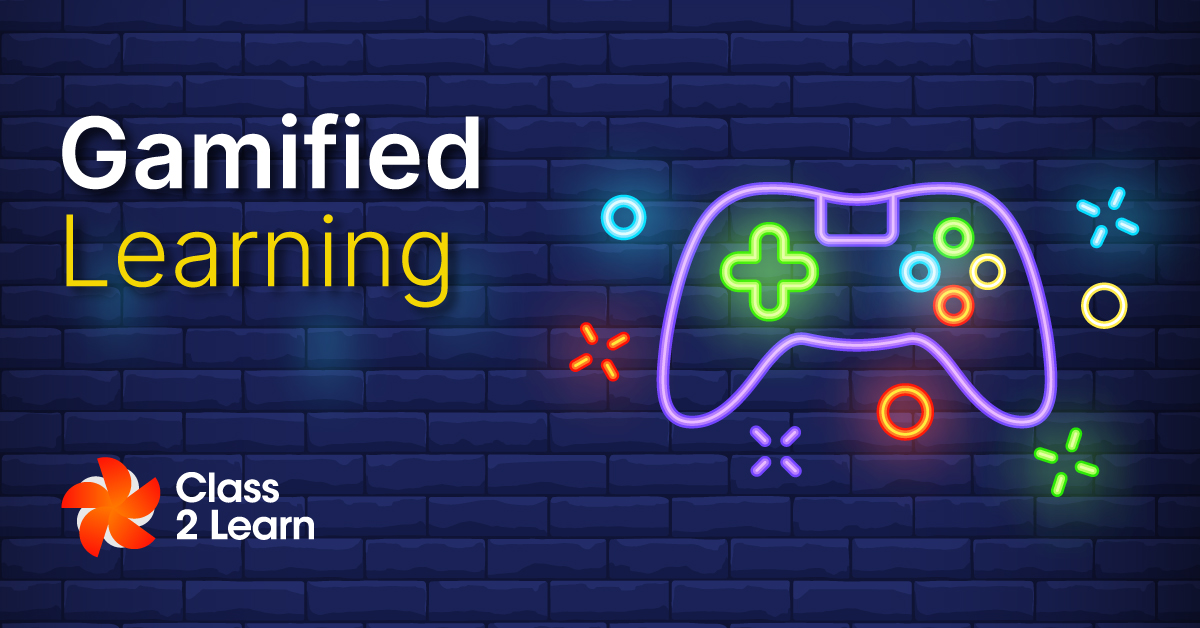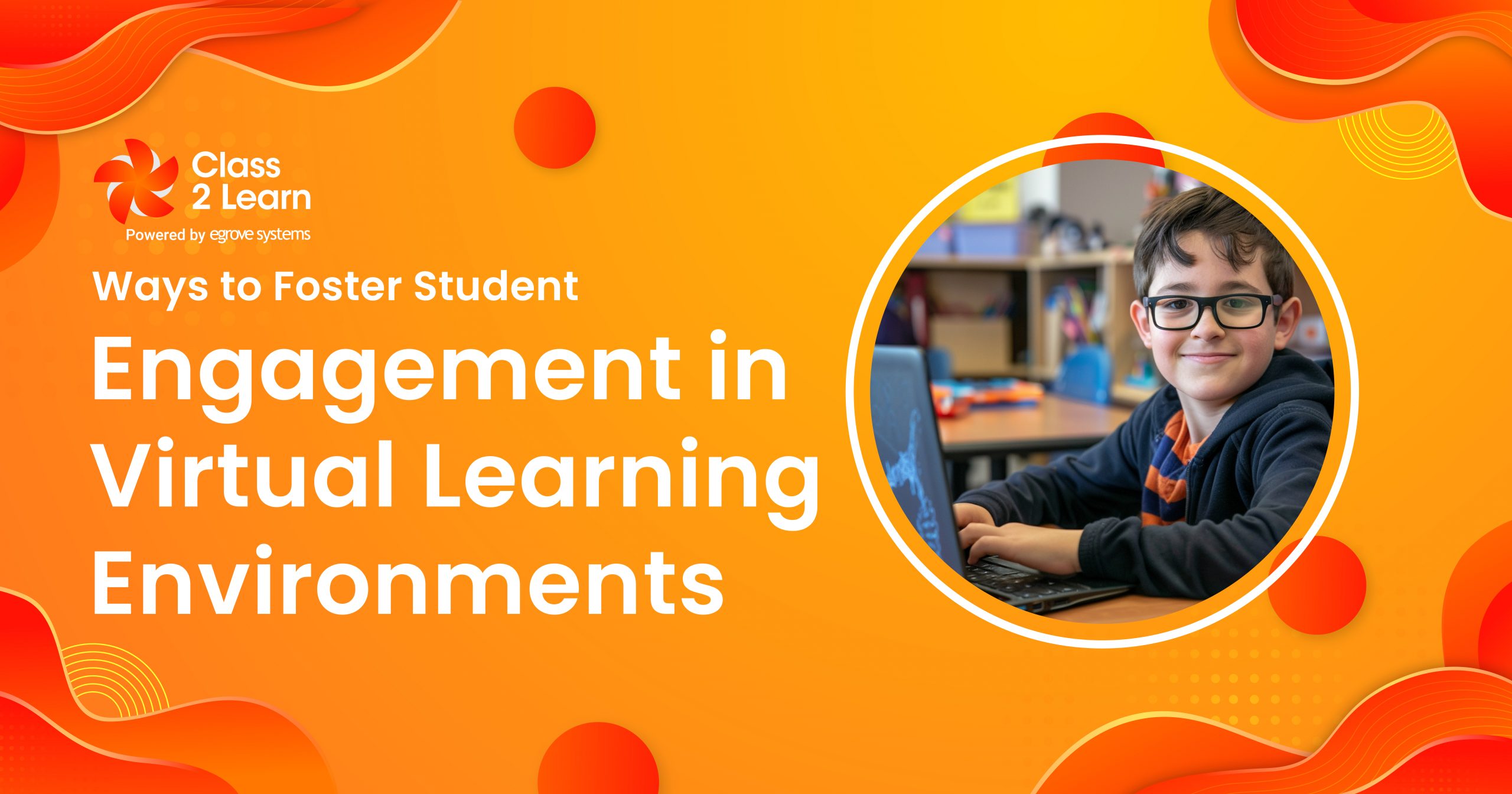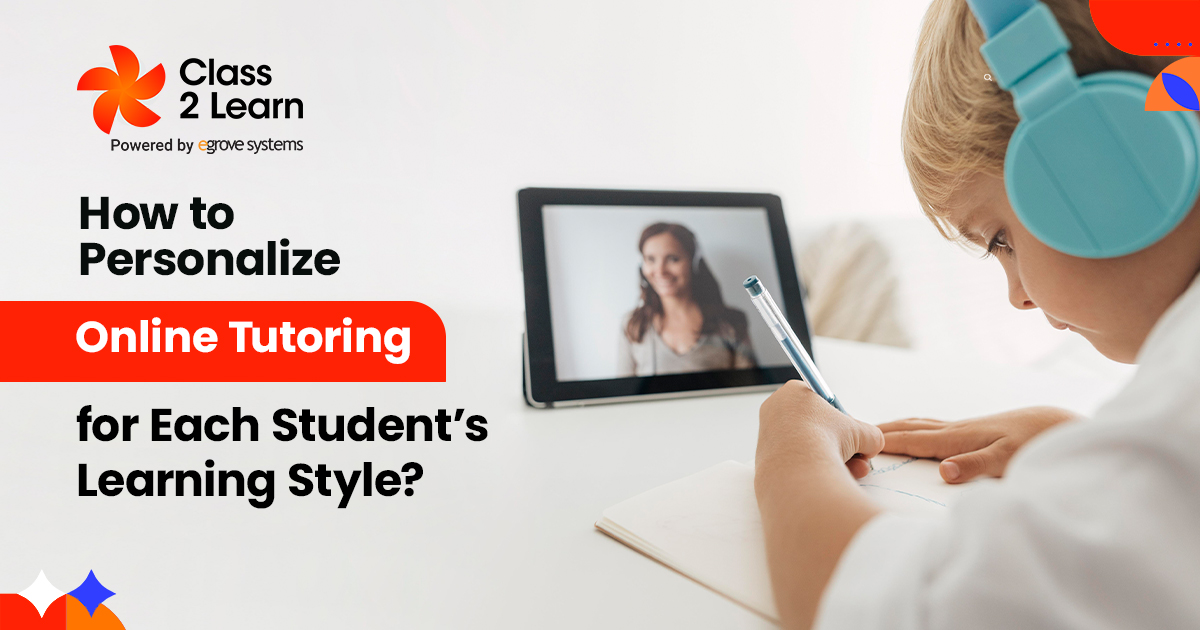Virtually in every facet of our daily life, technology is present. Technology has gained significant importance in medicine, engineering, economy, and entertainment fields. High-level technology standards have been included and integrated into social media platforms like Facebook, YouTube, Twitter, and Instagram’s business and product solutions. The latest technological innovations and ideas revolve around the internet of things (IoT) and artificial intelligence (AI).
Many students in this setting see traditional schooling as ineffective and uninteresting. Teachers are seeking innovative ways to educate, and teachers are finding it hard to keep students engaged in today’s classrooms.
Gamification, or gamified learning, is the newest trend in student education. Nick Pelling was the first to invent the term “gamification” in 2002. Foldit, the popular online puzzle video game, was the catalyst for the initial project. This game was the first application of the gamification concept to be successful.
Gamified learning or gamification aims to provide the much-needed education impetus to children through game-based conceptual education that keeps students motivated and highly engaged. This strategy enabled the students to grasp subject concepts more easily and in a short period.
Benefits of Gamified learning:
Cognitive Development:
In gamified learning, games produced specifically for enhancing cognitive development are referred to as brain games. Brain games are specially designed to activate the brain’s cognitive function.
Connecting People:
Emotions can be very useful for learning. Gamified learning enables people to connect at an emotional level. It helps to encode and retrieve information more efficiently. Gamified learning creates an emotional connection between the content and students and holds strong individual attention which makes students more involved in learning.
Recall and memory:
Hippocampus is a complex brain structure that controls the amount of information we recall or remember. Hence it’s not a surprise that gamified learning helps students to retain better what they’ve learned during class. Gamified learning stimulates the hippocampal memory, which helps promote the storage of new information into long-term memory. Moreover, dopamine, a neurotransmitter that’s linked with learning and memory, is also released from the hippocampus, which helps maintain focus on learning.
Storytelling:
The brain can process stories more efficiently than it does with a list of facts. For this reason, storytelling has been used to deliver new information to students. Gamified learning deploys this strategy as games often include storytelling elements such as plot, characters, themes, and much more.
Endorphin Release:
Endorphins are hormones released to relieve pain and create a general feeling of well-being. They are naturally produced by the body while enjoying gaming and other enjoyable activities. Gamified learning strategies improve endorphin release, helping create an environment ideal for focused learning.
Neuroplasticity:
Gamification education promotes neuroplasticity, the brain’s capacity to adapt to various inputs and develop new connections. Strengthening the nervous system, improving cognitive performance, enhancing creativity and problem-solving abilities, and preventing age-related mental impairments are all benefits of this type of exercise.
Gamified learning elements
You may develop your game teaching technique by drawing inspiration from several excellent instances of gamification in education. Before looking at the many cases in the educational context, let’s first examine the game aspects.
- Narration: This is a framework that creates the topic, tale, characters, and conversation.
- Input: When information is correctly and “on-demand” supplied, particularly about a learner’s actions and knowledge development. It helps the learner understand the material more thoroughly.
- Fun: Fun is defined as a goal-oriented concentration on the task at hand, a challenge, the player’s competence, command, interaction, participation, and socialization.
- Scaffold learning: In a scaffolded learning environment, the teacher provides instructions or outlines before stepping in to help the pupils as they go.
- Progress indicators: Signs of progress (e.g., points, badges, leaderboards).
Gamified Learning strategies:
The various gamified learning strategies that can be incorporated into a student learning environment are:
- Points: Awarding points after completion of different tasks acts as a motivator to encourage students to put in extra study hours. It also provides accurate data on their effort level and their progress throughout the course or lesson.
- Badges: Rewards for student’s efforts as an appreciation for their extraordinary efforts. Badges are usually in the form of a virtual object or a pinned image on your profile.
- Leaderboards: Leaderboards are boards that display the ranking of the leaders in a competition among students. Separate leaderboards under different teams can also be created dividing the individuals into smaller groups for better competition.
- Challenges: A challenge is a task given to a student to complete within the stipulated time. Challenges do not have negative marking or impact if unsuccessful. Challenges help students to think out of the box ideas to come up with an answer or solution.
Conclusion:
E-learning is well suited to gamification integration because it is simple and effective. Game approaches and processes can be used in the learning process as activities to achieve certain learning objectives and increase learners’ motivation and engagement.
Gamification is a powerful tool for changing students’ behavior and attitudes toward learning, as well as increasing their motivation and engagement. The change’s effects are bidirectional: they can alter students’ grades and knowledge of the educational content, as well as create conditions for effective learning.





Add comment